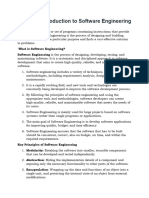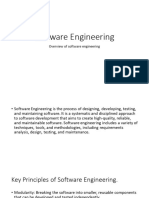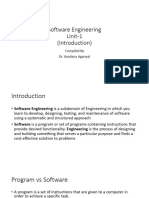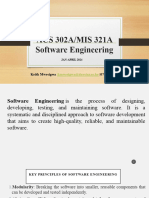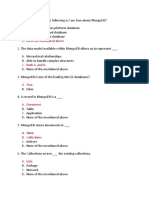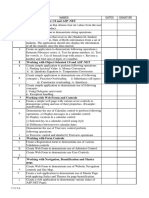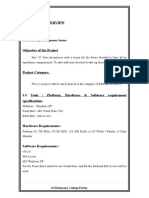0% found this document useful (0 votes)
20 views25 pagesLect1 Software Engineering
The document provides an overview of software engineering, outlining its definition, principles, objectives, and the software development life cycle. It discusses the advantages and disadvantages of software engineering, as well as the skills required for software engineers. Additionally, it categorizes types of software and highlights key characteristics such as functionality, reliability, efficiency, usability, maintainability, and portability.
Uploaded by
ceoofblackmagicCopyright
© © All Rights Reserved
We take content rights seriously. If you suspect this is your content, claim it here.
Available Formats
Download as PDF, TXT or read online on Scribd
0% found this document useful (0 votes)
20 views25 pagesLect1 Software Engineering
The document provides an overview of software engineering, outlining its definition, principles, objectives, and the software development life cycle. It discusses the advantages and disadvantages of software engineering, as well as the skills required for software engineers. Additionally, it categorizes types of software and highlights key characteristics such as functionality, reliability, efficiency, usability, maintainability, and portability.
Uploaded by
ceoofblackmagicCopyright
© © All Rights Reserved
We take content rights seriously. If you suspect this is your content, claim it here.
Available Formats
Download as PDF, TXT or read online on Scribd
/ 25



